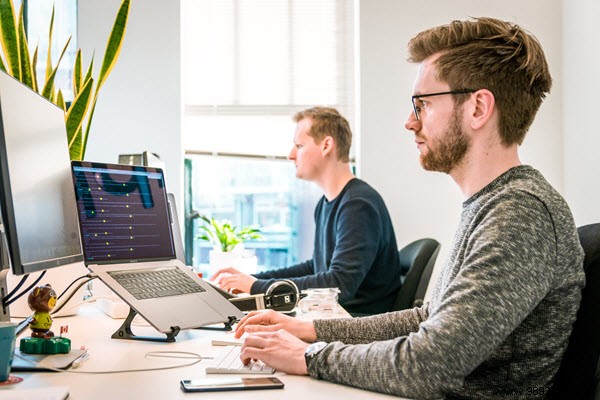When technology fails, it brings businesses down with it. Dealing with systemic errors as a priority or preventing them from occurring are excellent methods of minimizing your company's losses in the event of downtime. While you can start investing in network and server monitoring, it's also important to understand how we've become so reliant on this technology and the cost of downtime.
On average, the majority of companies need more than an hour to relaunch a crashed application. It typically costs over $10,000 for each hour of downtime. Specifically, blackouts in the national power grid cost Americans $150 billion a year. This amounts to approximately $500 per citizen.
Complementing the digital age, the world is built on information technology. The myriad resources we rely on daily are powered entirely by technology. This includes autopilot functionality in airplanes and newer cars like Tesla, global positioning systems for basic navigation, power grids, financial markets and businesses.
In 2019, a car collision caused Google Maps to redirect cars to Denver airport. It backfired as he drove nearly 100 drivers through a muddy field, eventually creating a second traffic jam.
Technology has even normalized its presence in our most personal spaces:the home. Common home technology includes security systems like alarms, entertainment resources like radios, televisions, and video game consoles, smart home gadgets, tablets and mobile devices, and even typical devices like dishwashers, stoves and washing machines. 70% of loT devices are related to B2B, which has a major effect on businesses. This puts businesses at risk of compromise to their websites and emails, intranet and servers, and operational infrastructure.
Specifically, we rely on technology because computers are designed to perform repetitive, routine tasks that quickly bore humans. However, our technology is rapidly being adopted. Recent advances have given computers the human ability to detect patterns, recognize language, and even spark creativity.

In fact, computers have been beating us at our own games for decades. In 1962, checkers master Robert Nealey lost a match to a computer. Deep Blue, IBM's computed chess game capable of calculating 200 million possibilities per second, won a match against world champion Garry Kasparov in 1997. IBM's Watson computer beat Jeopardy 74 times! Winner Ken Jenning in 2011. His remarks:“For my part, I welcome our new computer lords.
Additionally, AlphaGo, a computer application that plays the popular board game "Go", reigned over three-time European Go champion Mr. Fan Hui in 2015. Libratus is a computer application that uses artificial intelligence to playing poker – specifically Texas hold no-limit 'em – beat four of the world's top poker players in 2017. Alibaba even outperforms humans on a literacy test in 2018.
Although computers have an impressive track record, how exactly does a processor measure up to the human brain?
While the human mind processes over 1,000 units of data per second, a processor processes 10 billion units. Additionally, the human brain is capable of storing 3.5 quadrillion bytes of information. The fastest supercomputer, the K computer, Fujitsu, can hold 30 quadrillion bytes while the Internet stores 1 quintillion bytes, an iPad 2 storing 6.4 billion bytes.
According to Avivah Litan, vice president and analyst at Gartner Research, “The problem is [that] humans can't keep up with all the technology they've created. It becomes unmanageable by the human brain. Perhaps our best hope is that computers will eventually become smart enough to sustain themselves. »
As the human brain develops, we face challenges related to recalling information, multitasking, and focusing attention when certain parts of the brain shrink. This ultimately affects learning and complex thinking. Neural activity and blood flow also decline with age while inflammation increases.
On the other hand, an aging processor faces hard drive failure, low memory issues, and slower systems. New software updates require more resources that older devices don't have access to. Apple has even been exposed for slowing down older phones to avoid overcharging the battery.
At the rate of our use of technology, securing your technology with system monitoring is more important than ever. There is a hacker attack every 39 seconds, but only 1 in 4 global organizations feel prepared to handle these attacks. As a result, 95% of cybersecurity breaches are the result of human error.
See also:5 cybersecurity training tips for employees
The solution is for small businesses to use an accessible and affordable surveillance system. Preserve your mechanical health and minimize your cost of downtime by running monitoring software and cybersecurity solutions.

Infographic by CloudRadar Server Monitoring